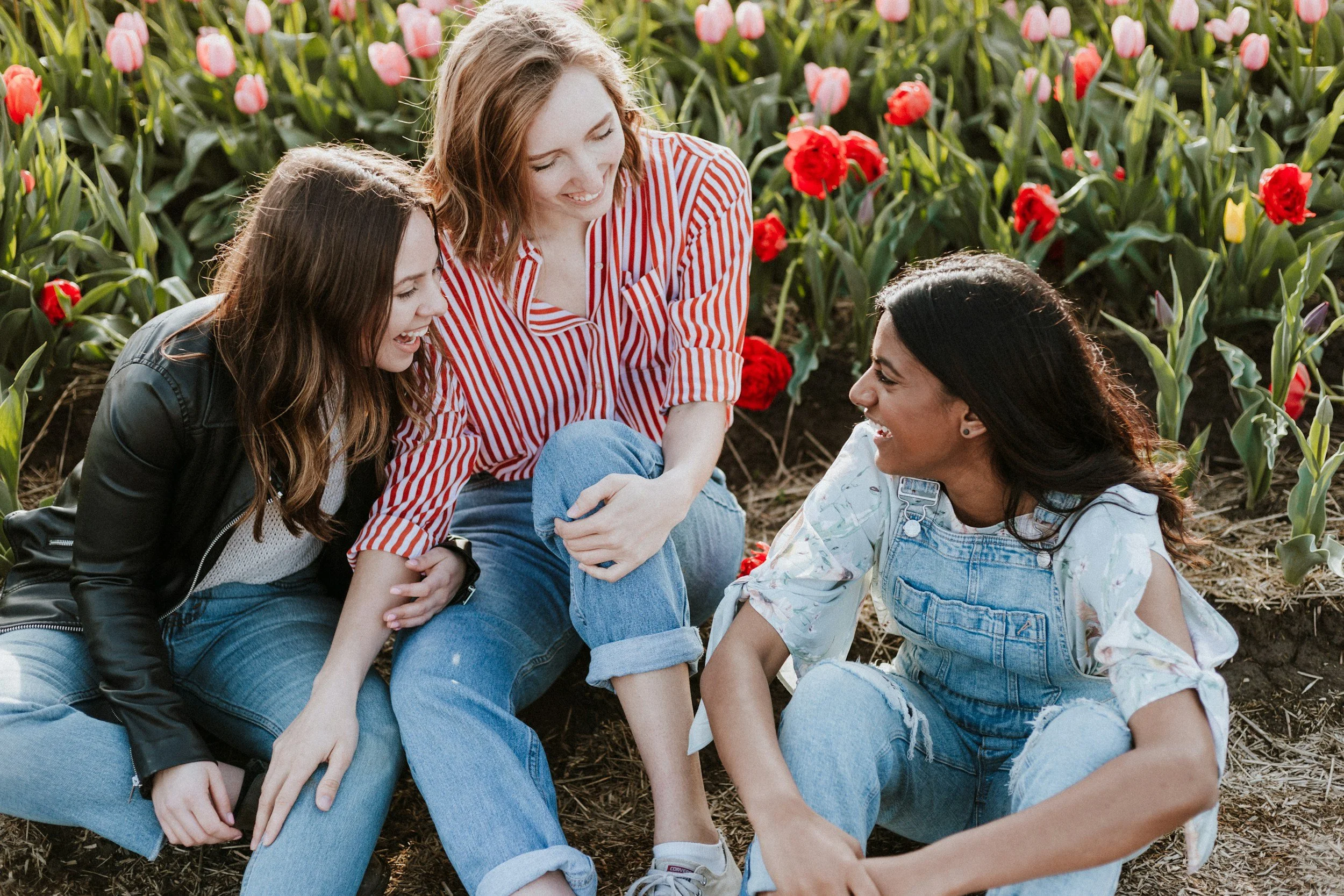Making Eye Contact: A Simple Skill That Changes Everything
Let’s be real—talking to people can be awkward sometimes. Whether you’re meeting someone new, speaking in class, or trying to flirt (yep, we said it), it’s easy to overthink every little thing. But what if we told you that one small habit could make all the difference? Enter: eye contact.
It might seem like no big deal, but making eye contact is one of the most powerful tools you have when it comes to connecting with others. It shows confidence, helps build trust, and makes your words hit harder—in a good way. In this post, we’re breaking down why eye contact matters, how to use it naturally (without being weird), and how it can totally boost your communication game.
Let’s dive in—eyes first.
Why Eye Contact Matters
It Builds Connection
Eye contact sends a message that you’re present and paying attention. When someone looks you in the eye, you feel seen—and that’s powerful. The same goes for you: when you hold someone’s gaze (in a chill way), they’re more likely to feel connected and comfortable.It Shows Confidence
You could be saying the smartest thing in the room, but if you're staring at your shoes, people might not take you seriously. Looking someone in the eye while speaking says, “I mean what I say.” Even if you're nervous, good eye contact can help you look confident while your heart’s still racing.It Keeps Conversations Flowing
Ever had someone zone out mid-conversation? Annoying, right? Eye contact shows you're actively listening, which keeps the other person engaged and encourages more honest, open conversations.
How To Use Eye Contact Without Being Awkward
Start Small
Try maintaining eye contact for 3–5 seconds at a time before briefly looking away. Think of it as “checking in” rather than a staring contest.Follow the 50/70 Rule
When you’re speaking, try to make eye contact about 50% of the time. When listening, aim for around 70%. It shows interest and confidence without being intense.Pair It with Other Cues
Nod occasionally, smile naturally, and use facial expressions. Eye contact is part of the bigger picture—it works best when it feels like a two-way connection, not a laser beam.Practice in Safe Spaces
Practice with friends or family first. You can even try it in the mirror. Like any skill, eye contact gets easier the more you do it.
Final Thought
Eye contact isn’t just about looking someone in the eyes—it’s about showing up in the moment, being present, and letting others know that what they’re saying (and what you’re saying) matters. It’s a small change, but it can shift how people see you—and how you see yourself.
So next time you’re in a conversation, don’t look away. Look up, lock in, and let your eyes say what words sometimes can’t.











